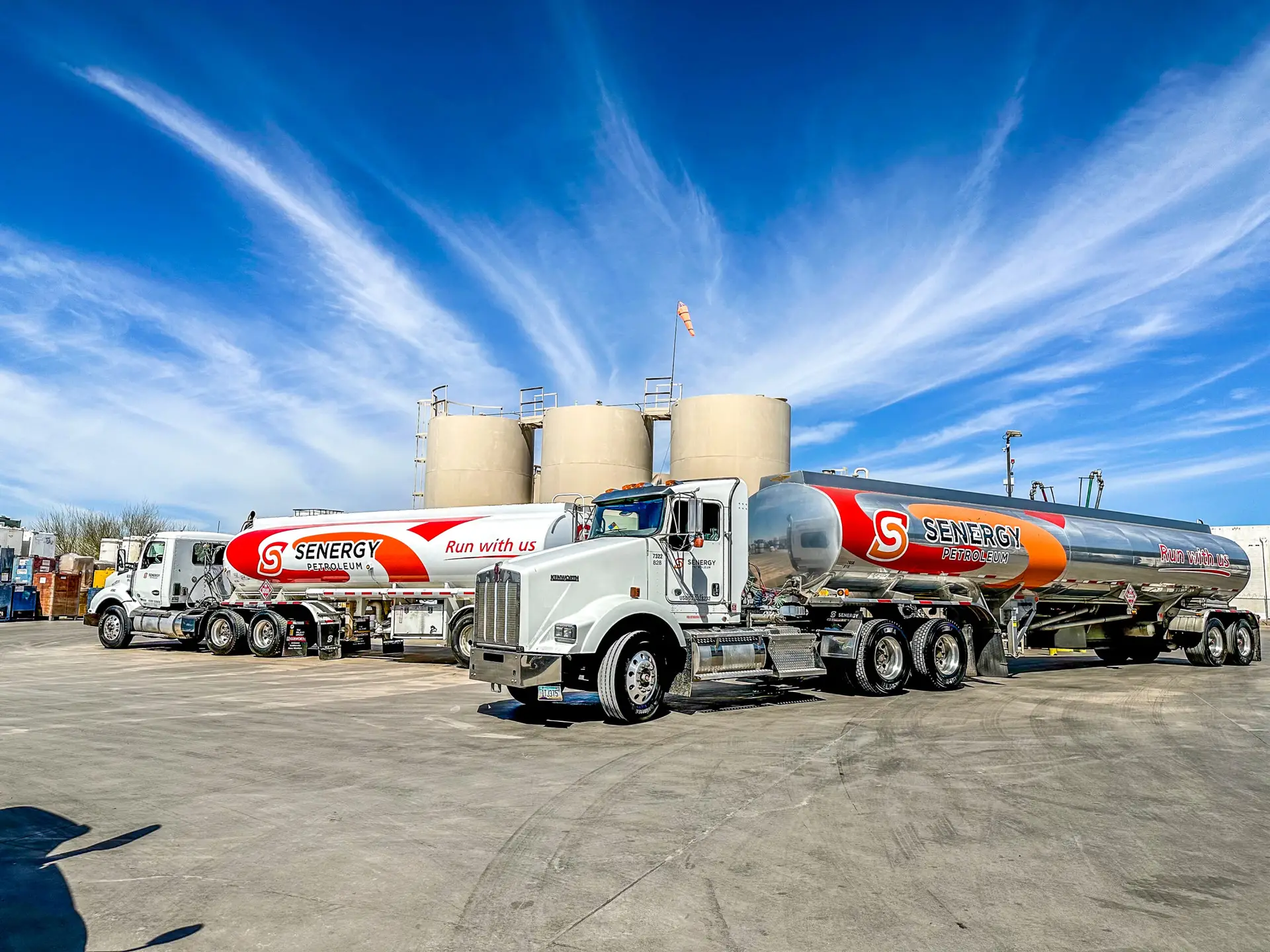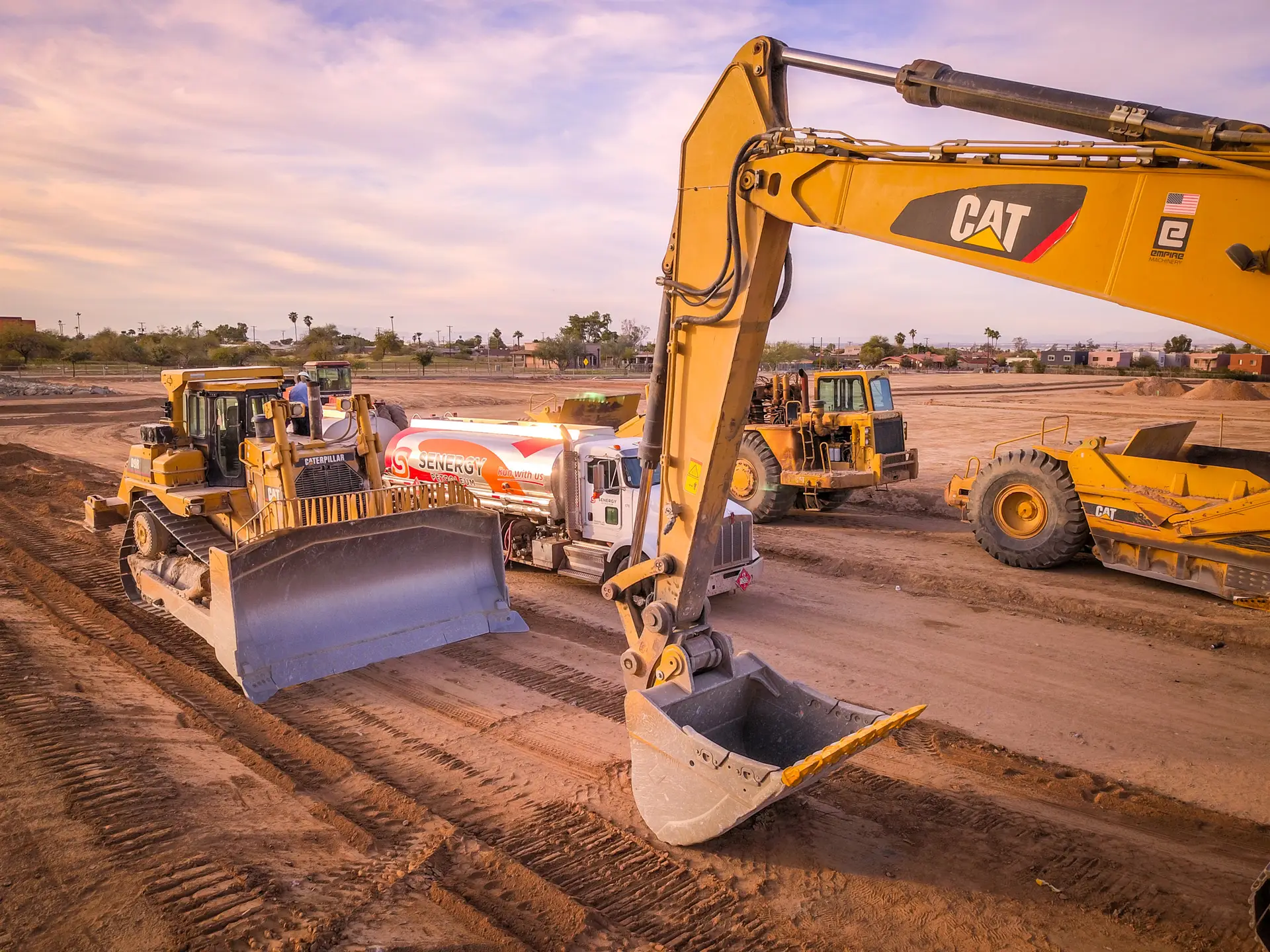As we move into warmer months, preparing your fleet for spring and summer weather is crucial to keep operations running smoothly. With high temperatures and fluctuating conditions, vehicle fleet maintenance can make all the difference in keeping your equipment efficient and safe. Here’s how you can get your fleet ready for the upcoming season.
Before the summer heat kicks in, take time to inspect your fleet’s tires. Tires can experience increased wear during the hotter months, and overinflated or underinflated tires can impact safety and fuel efficiency. It’s essential to inspect tread depth and look for signs of wear and tear. Also, check for uneven wear patterns, which could indicate alignment issues.
For those in regions with extreme heat, consider switching to summer or all-season tires. Summer tires are designed to perform better under high temperatures, offering superior grip on hot pavement. They can also improve fuel efficiency by reducing rolling resistance.
Check coolant levels and inspect your vehicle’s radiator for any damage or leaks. Make sure the cooling system is clean and fully functional. Overheating can be more likely when temperatures soar, so take proactive steps now to prevent any unexpected repairs later.
If you haven’t flushed the cooling system in a while, now’s the time. A coolant flush helps ensure your system is free of debris and prevents the build-up of contaminants that could affect performance. Keeping the coolant fresh ensures that your fleet vehicles stay cool under pressure.
As the weather warms up, your fleet vehicles may be running longer hours in extreme conditions. It’s essential to check engine oil, transmission fluid, brake fluid, and power steering fluid. Ensure all fluid levels are topped up and that they are in good condition. Low or old fluids can compromise engine performance and even lead to overheating.
Switching to higher-performance fluids can make a big difference during warmer months. For example, using summer-grade engine oil helps with engine cooling, while switching to brake fluid designed for high temperatures will enhance your braking system’s performance. Make sure to consult with your mechanic to determine which fluids are best suited for the summer months.
A fully functional AC system is a must for both driver comfort and vehicle performance, especially when temperatures rise. Check the refrigerant levels and make sure the AC is blowing cold air. Ensure that the system is free of leaks and that the condenser and evaporator are clean. A well-maintained AC will help prevent unnecessary strain on the engine and keep drivers comfortable.
Dirty air filters can reduce the efficiency of your AC system and cause it to work harder than necessary. Clean or replace your filters before the summer months to ensure air flows freely through the system.


Extreme heat can take a toll on batteries, so it’s crucial to check their health before the summer starts. Inspect battery terminals for corrosion and clean them if needed. You should also check the charge levels and ensure that the battery is securely mounted. This will prevent any sudden issues during those scorching summer days when you need your fleet running smoothly.
In addition to checking the battery itself, make sure the alternator is functioning properly. If the alternator isn’t working well, your battery may be overcharged or undercharged, leading to potential failure. Check for warning signs like dimming lights or difficulty starting the vehicle.
Inspect for Cracks and Leaks
The heat of summer can cause rubber hoses and belts to degrade quickly. Check for cracks, leaks, or fraying, especially on crucial components like the radiator and cooling hoses. Replacing these parts before the hot weather sets in can help avoid unexpected breakdowns and costly repairs.
Replace Worn Belts
Worn belts can cause a host of issues, from poor engine performance to more serious mechanical failures. Replace any worn belts to ensure your vehicles are ready for the stress of the hot summer months.

Inspect Brakes for Wear
Hot weather puts additional stress on your fleet’s braking system. Before the temperature rises, inspect brake pads and rotors for wear and tear. Look for any signs of damage or excessive wear, and ensure that the brake fluid is topped up. Don’t neglect this vital system—your drivers’ safety is the top priority.
Consider Brake Fluid Replacement
Hot weather can cause brake fluid to break down more quickly. To maintain your fleet’s braking efficiency, consider replacing old brake fluid with a higher-performance, heat-resistant formula designed for summer conditions.
Fuel systems can get clogged with dirt and debris over time, which can lead to poor performance, particularly in high temperatures. Inspect your fleet’s fuel lines and filters regularly to ensure they are free of contaminants. Replace any parts that show signs of wear or clogging before the summer rush hits.
Fuel additives can improve fuel efficiency, clean the fuel system, and prevent fuel degradation. Consider using additives designed for hot weather to ensure your fleet runs smoothly even when temperatures spike.
Driving in hot weather presents unique challenges. Ensure your drivers are well-prepared by educating them on common summer hazards such as dehydration, tire blowouts, and the effects of high temperatures on vehicle performance. Regular training can help mitigate accidents and reduce the risk of breakdowns.
Equip your vehicles with emergency supplies such as water, coolant, and basic tools. Encourage drivers to check their vehicles before each shift to ensure everything is running smoothly. Being prepared for an emergency is critical when managing a fleet in extreme conditions.
By following these steps, your fleet will be prepared to handle the heat, ensuring minimal downtime and maximum performance. Maintaining your fleet during the transition into spring and summer is an investment in both the safety of your drivers and the longevity of your equipment. Need help with any of the necessary parts, fluids, or services? Contact us at Senergy Petroleum—we’re here to support your fleet’s success every step of the way.


"*" indicates required fields